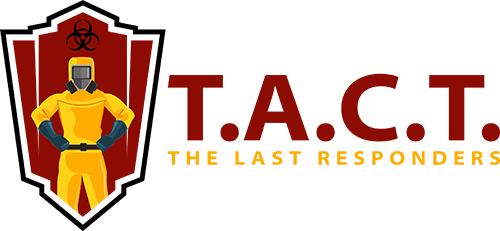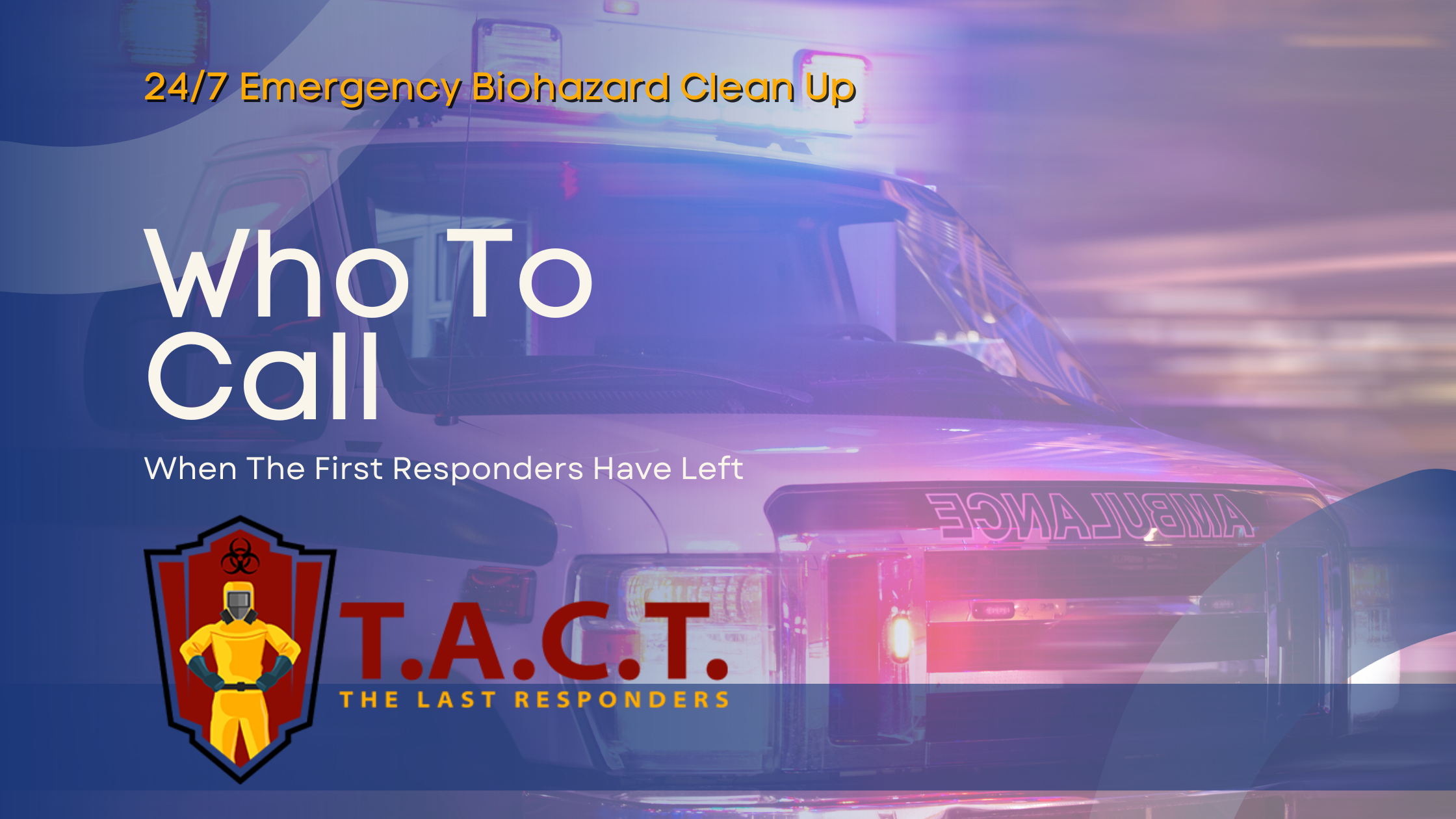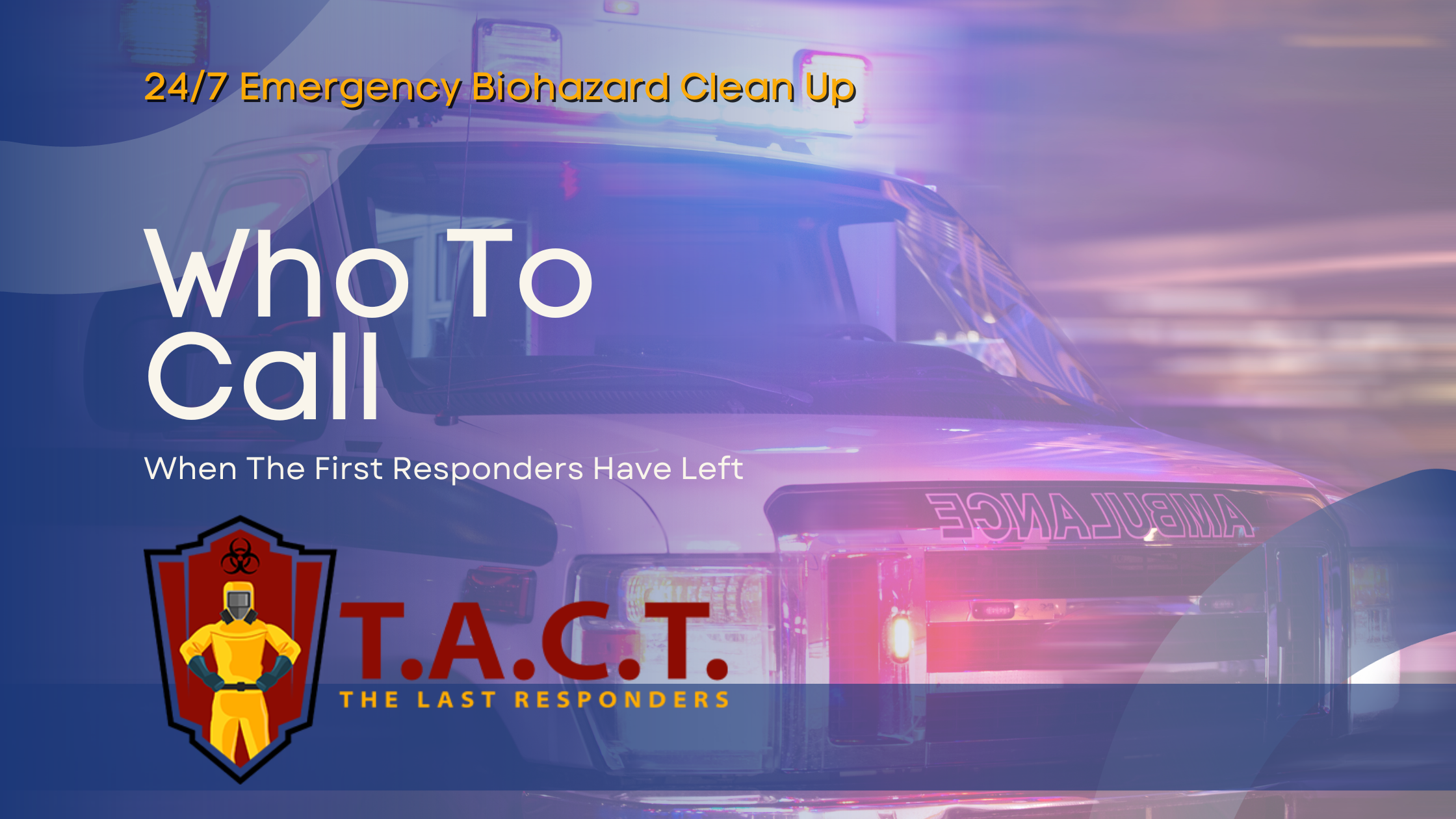What to do if you find Rat Droppings Quickly and Safely
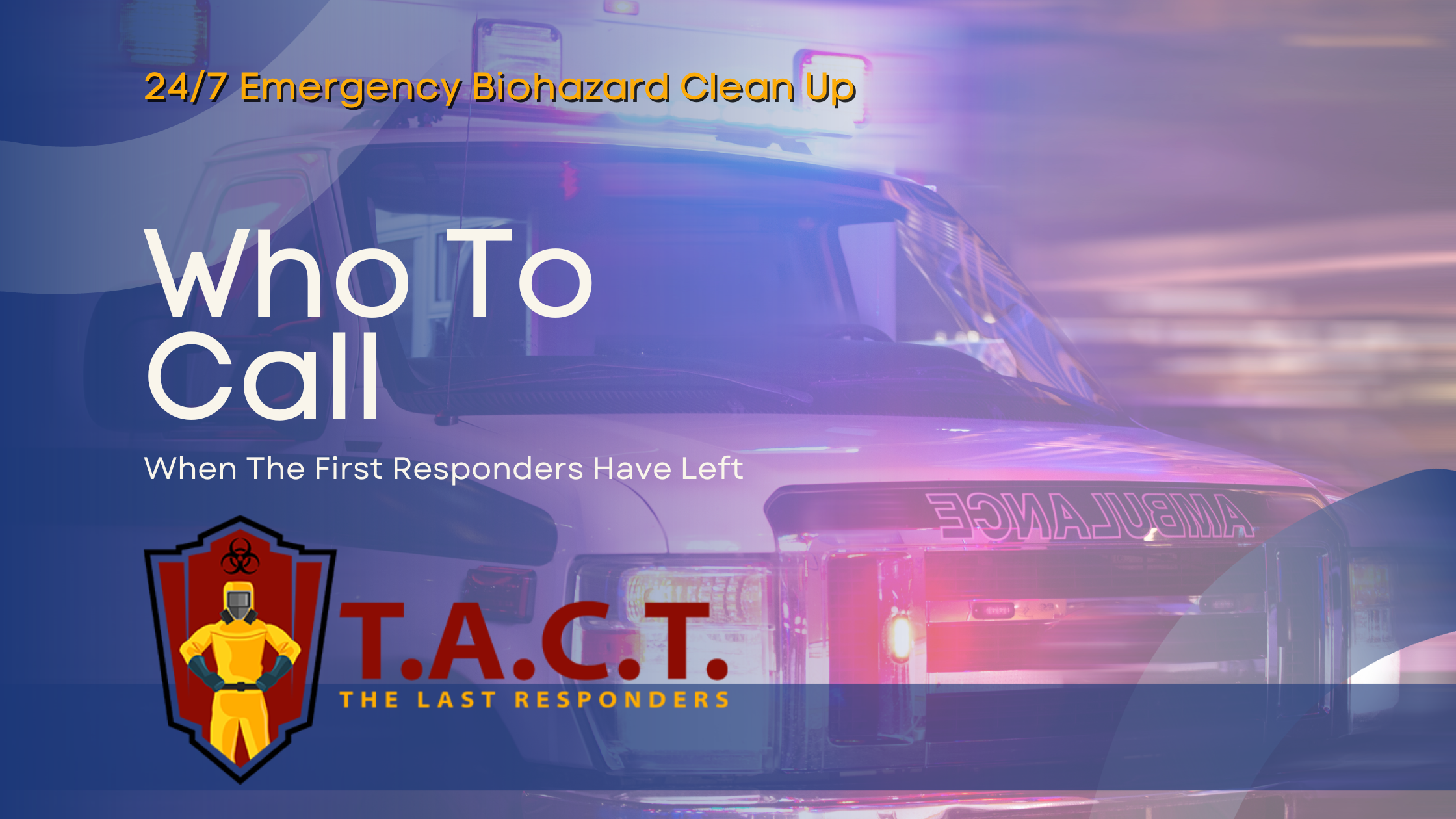
Discovered Rat Droppings? What To Do If You Find Rat Droppings Quickly and Safely
Finding rat droppings can be a serious concern. Immediately clean the area safely to avoid health risks, then assess the infestation’s extent and take preventative measures. This article explains what to do if you find rat droppings, covering identification, cleanup, and prevention.
Key Takeaways
Identifying rat droppings accurately is essential for assessing the type of rodent and planning effective control methods.
Safe cleanup of rat droppings involves wearing protective gear, using proper cleaning solutions, and avoiding methods that may aerosolize pathogens.
Preventative measures, including sealing entry points and maintaining cleanliness, are key in avoiding future rodent infestations.
Identifying Rat Droppings
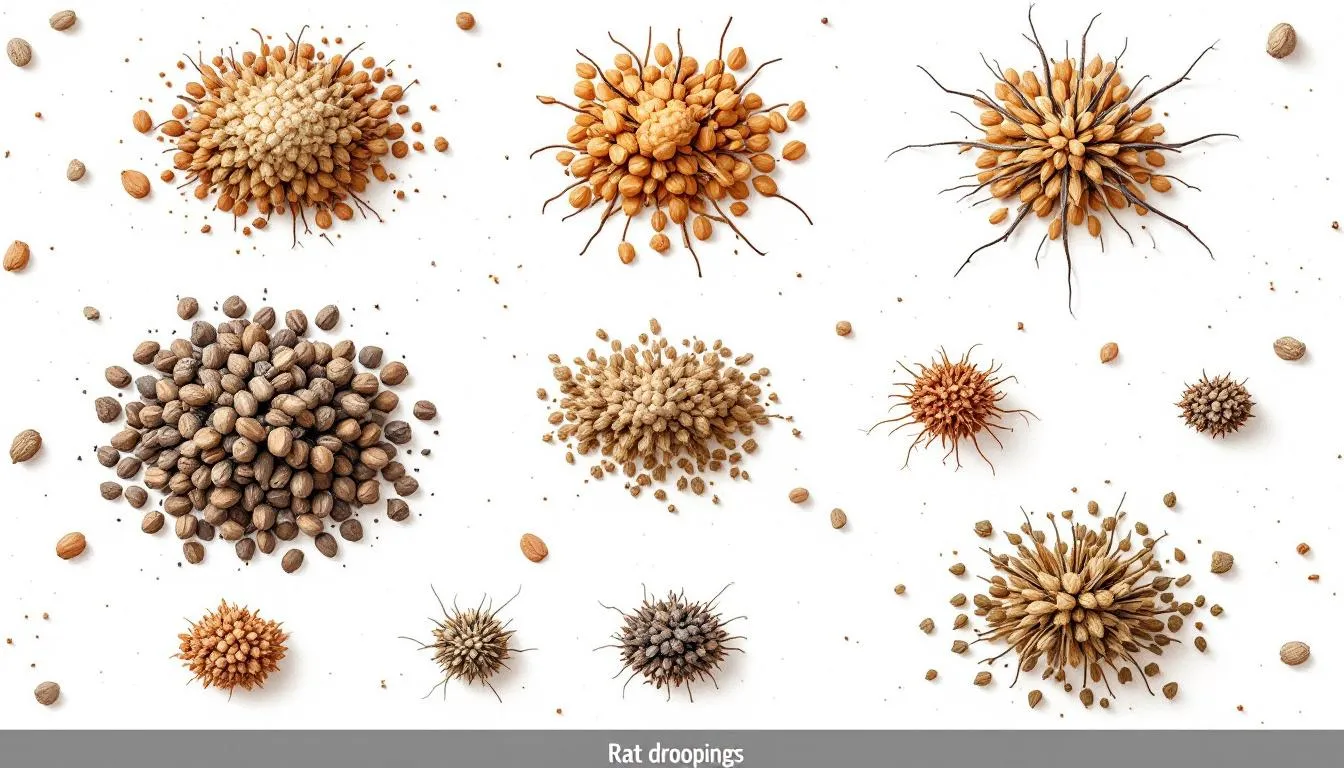
Rat droppings and rodent droppings are often the first sign of a rodent infestation involving mice and rats. Typically cylindrical with tapered ends and dark brown or black in color, they indicate a serious rodent problem.
Norway rat droppings, which can measure about 3/4 to 1 inch in length, are one type you might encounter. These droppings are larger than those of roof rats and mice, making them easier to identify. Roof rat droppings, on the other hand, are pointed and often larger than mouse droppings, but smaller than those of Norway rats.
Identifying rat droppings correctly is crucial for determining the rodent type and planning your next steps. Misidentification can lead to ineffective treatment plans. Understanding the type of rodent helps in choosing appropriate control methods and ensuring thorough cleanup.
Assessing the Extent of the Infestation
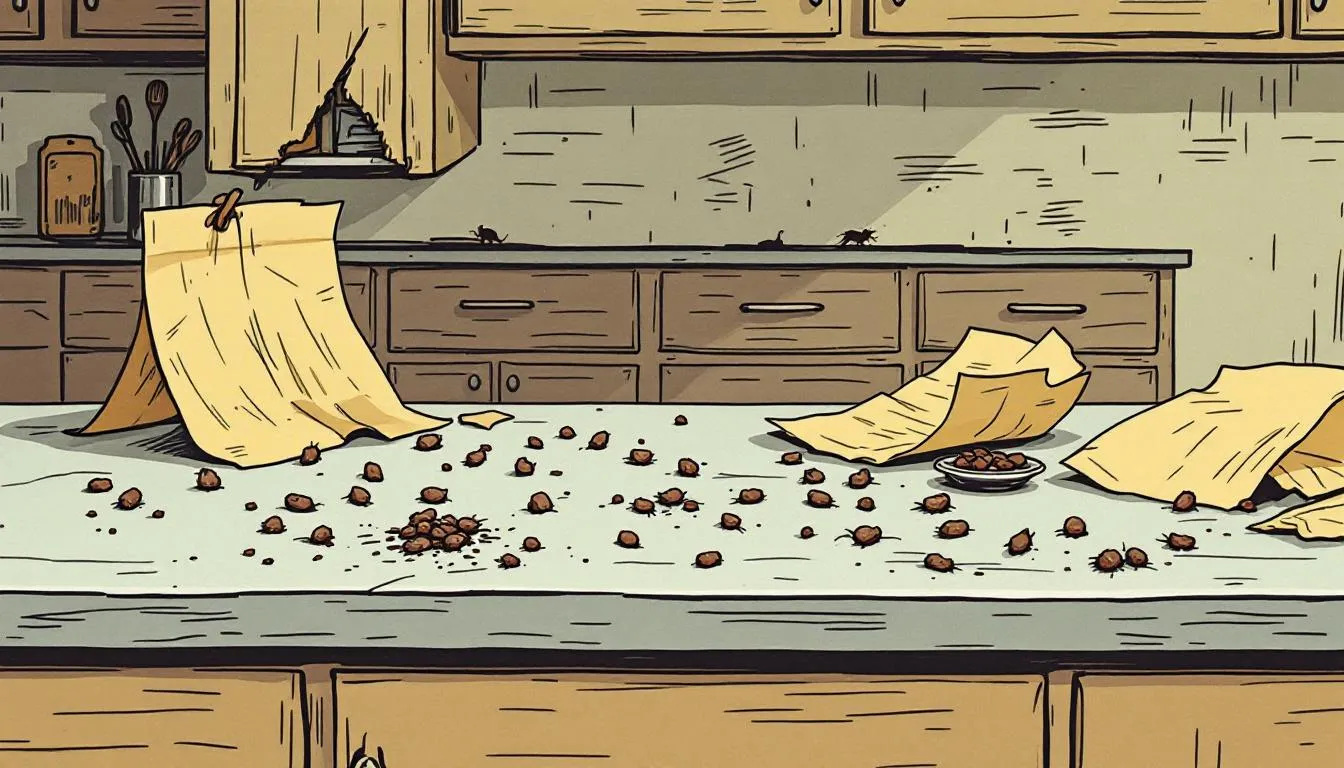
After identifying rat droppings, assess the infestation’s extent to find rat droppings. Look for gnaw marks on furniture or walls, urine stains, and nests made from shredded paper or dried plant matter, all of which indicate an ongoing rodent problem requiring immediate attention.
Signs of rodent infestations include:
Scratching noises at night, indicating active rodents
Footprints in dusty areas, revealing rodent activity
Continued findings of droppings or noises after initial cleanup, suggesting a serious infestation requiring professional intervention
Examining areas where urine and droppings, including dry droppings, are found provides clues about the rodent type and infestation severity. A large number of droppings, bad odors, or noises indicate a significant issue. If you find mouse droppings, immediate action is needed to mitigate contamination risks and prevent future infestations.
Safe Cleanup Procedures
Safe cleanup of rat droppings is crucial to avoid exposure to harmful pathogens. Start by wearing protective equipment, including rubber gloves, a dust mask, and protective clothing. Ventilate the area for at least 30 minutes to disperse airborne particles before beginning cleanup.
To safely clean rat droppings, follow these steps:
Prepare a bleach solution by mixing 1.5 cups of bleach with one gallon of water.
Use this solution to dampen the rat droppings before cleanup to minimize the risk of particles becoming airborne.
Carefully pick up the droppings using paper towels.
Dispose of the droppings in a sealed plastic bag.
Avoid using a vacuum cleaner, as it can aerosolize harmful particles.
After cleaning, thoroughly wash your hands with soap and water or a disinfectant. Maintaining proper hygiene during and after cleanup is vital to prevent contamination and protect your health.
Disinfecting Contaminated Areas
Disinfecting areas contaminated by rat droppings eliminates pathogens and prevents future infestations. Cross-ventilate the area for at least 30 minutes to clear airborne particles. Then, use a household disinfectant or diluted bleach solution to get rid of rats in the area.
To ensure effective pathogen elimination and minimize exposure when handling dead rodents:
Allow the disinfectant solution to sit for at least 5-10 minutes.
Disinfect the area around any dead rodents before removing them.
This precaution reduces the risk of contamination while handling the carcass.
After cleaning, wash your gloves thoroughly before removing them to reduce skin contact with contaminants. Avoid vacuuming the area after cleaning, as this can aerosolize harmful particles and spread contamination. Proper disinfection practices, including wearing rubber gloves, are key to maintaining a safe and healthy environment.
Sealing Entry Points
Sealing potential entry points is vital to prevent future rodent infestations. Inspect both the interior and exterior of your home for gaps or holes, keeping in mind that rodents can squeeze through openings as small as a quarter-inch in diameter.
Use materials like caulk, steel wool, and metal sheeting to effectively seal these entry points. Regularly check and maintain these sealed points to ensure they remain secure against potential rodent entry. This proactive approach helps prevent rodents from gaining access to your home.
Setting Traps and Bait Stations
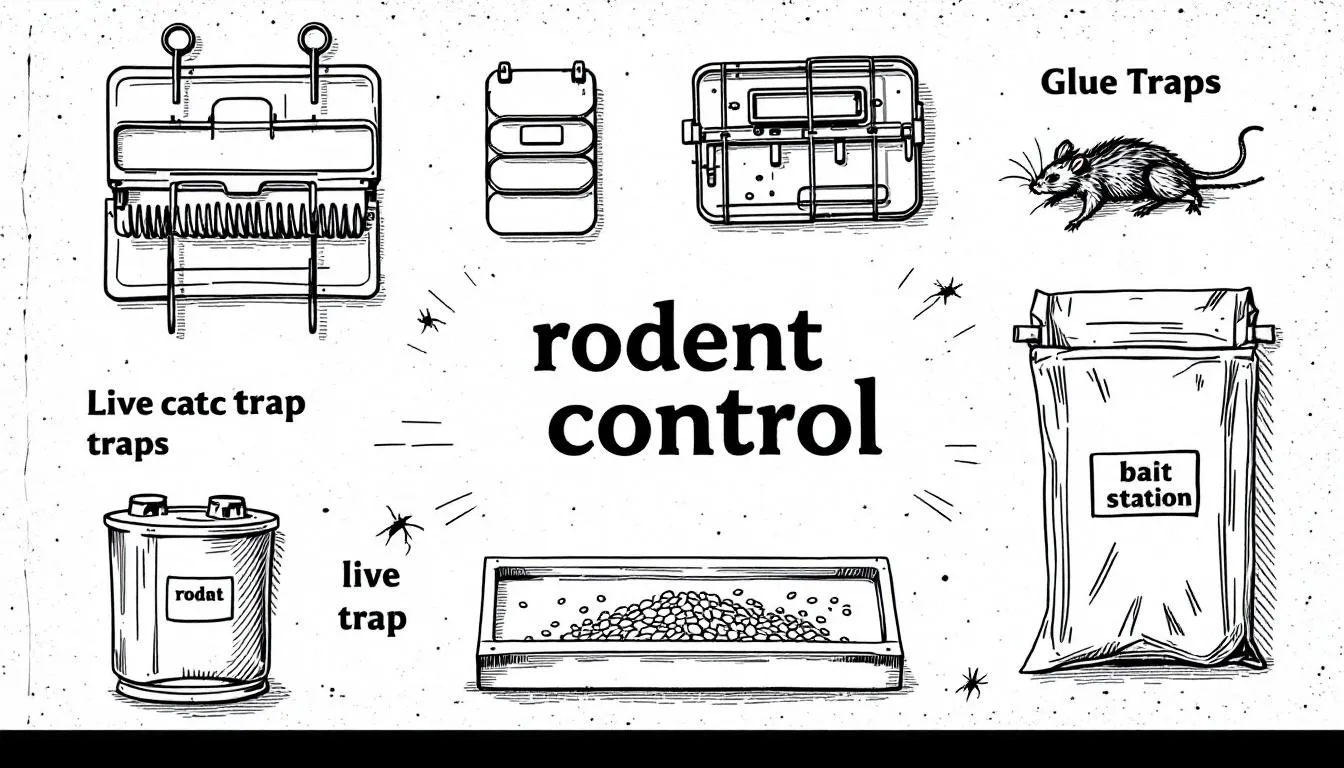
Setting traps and bait stations is an effective strategy for eliminating rodents. Various types of traps are available, including snap traps, glue traps, and live traps. Pest control professionals recommend specific rat traps for effective elimination.
To enhance trapping success:
Place traps in areas with evident signs of rat activity, such as near droppings or gnaw marks to prevent rats.
Ensure proper placement to catch rodents quickly and efficiently.
Regularly check and reset traps to maintain their effectiveness.
Bait stations, used alongside traps, help with rodent control by attracting rodents and keeping bait secure from pets and children. Combining traps and bait stations increases the chances of successful eradication to control mice.
Proper Disposal of Dead Rodents
Proper disposal of dead rodents avoids contamination and health risks. Place the dead rodent in a sealed plastic bag, then seal it tightly before placing it in a second plastic bag. Double-bagging prevents the spread of harmful pathogens.
Do not release any air from the sealed bags, as this may spread harmful particles. Dispose of the double-bagged rodent in a secure garbage bin. Following these steps ensures that the disposal process is safe and minimizes the risk of contamination.
Preventative Measures
Preventative measures are crucial for keeping rodents at bay. Keep food and garbage tightly sealed to deter rodents. Cleaning up food sources is a simple yet effective strategy.
To prevent rodent infestations:
Regularly inspect for nesting materials such as shredded paper or dried plant matter that might attract rodents.
Design buildings with rodent-proof construction methods to significantly reduce the chances of infestations.
Maintain consistent vigilance and cleanliness to prevent future rodent problems.
Health Risks Associated with Rat Droppings

Rat droppings pose significant health risks, transmitting diseases such as rodent borne diseases:
Hantavirus pulmonary syndrome, with symptoms including muscle aches, fever, and gastrointestinal issues
Rat-bite fever, which may cause severe illness
Salmonellosis
These diseases can lead to serious health issues if not addressed.
Contact with fresh rat droppings in poorly ventilated spaces increases the risk of infection through direct contact. If you experience symptoms like fever or unusual bleeding after exposure to rat droppings, seek medical attention immediately for potential hemorrhagic fever.
Knowing these health risks underscores the importance of proper protective equipment cleanup and preventive measures.
When to Call Professional Pest Control
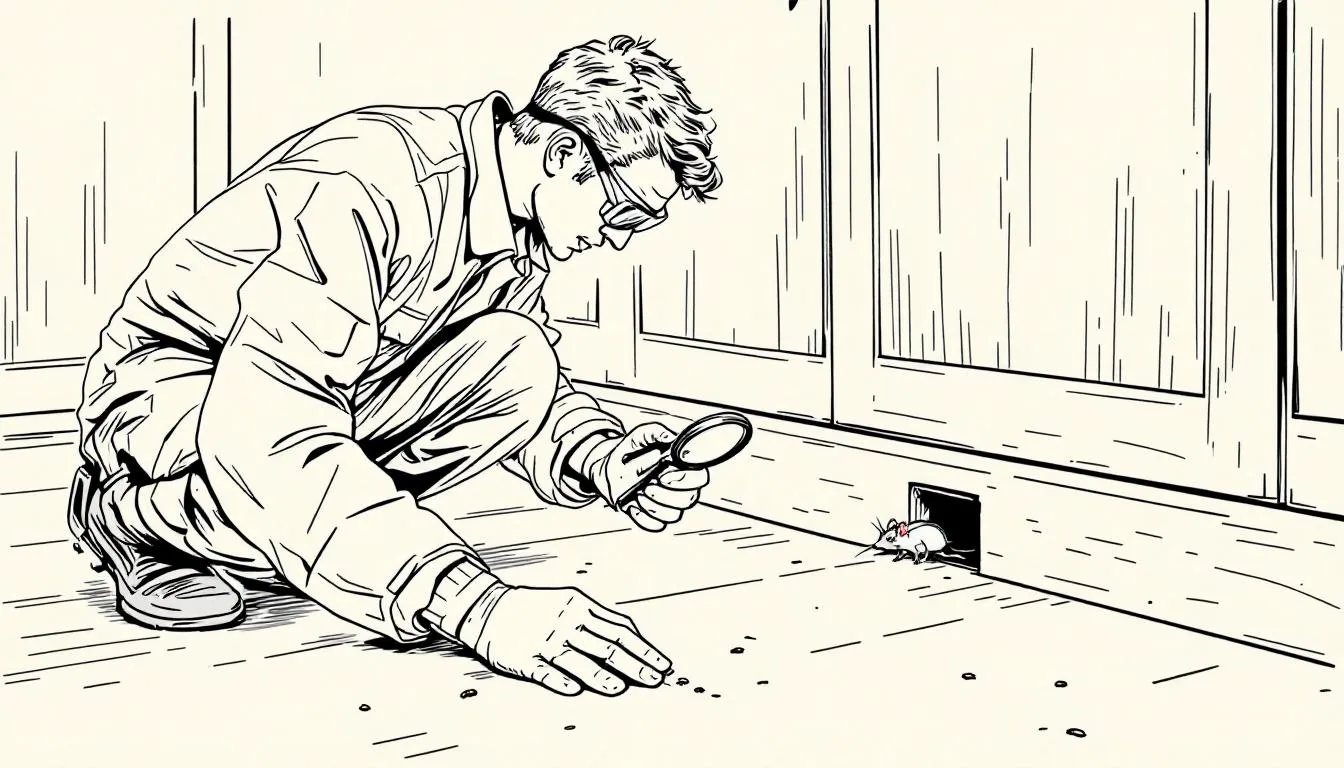
Finding rat feces and rodent feces indicates a potential rat infestation that requires prompt action. If you find rat poop, contact professional pest control services if the infestation is severe and extensive or if you are unable to manage it on your own.
Professional assistance ensures fast and effective rat removal, providing peace of mind. Experts implement comprehensive control measures to get rid of the infestation and prevent future occurrences. Knowing when to call for help is vital for maintaining a rodent-free home.
Summary
In conclusion, discovering rat droppings is a clear sign of a rodent infestation that requires immediate attention. By identifying the droppings, assessing the infestation, and following safe cleanup and disinfection procedures, you can effectively manage the problem. Sealing entry points, setting traps, and taking preventative measures will help keep your home rodent-free. If the infestation is severe, don’t hesitate to call professional pest control services. Armed with this knowledge, you can protect your home and health from the risks associated with rat infestations.
Frequently Asked Questions
How can I tell if the droppings I found are from rats or another rodent?
To determine if the droppings are from rats, look for cylindrical shapes with tapered ends, measuring approximately 3/4 to 1 inch, and observe their dark brown or black color. These characteristics distinguish rat droppings from those of other rodents.
What are the signs of a severe rodent infestation?
The presence of repeated pest sightings despite treatment, alongside gnaw marks, urine stains, nests, unpleasant odors, and distinct noises, clearly indicates a severe rodent infestation. Addressing these signs promptly is crucial to mitigate further damage and health risks.
How should I clean up rat droppings safely?
To clean up rat droppings safely, it is essential to wear rubber gloves, a dust mask, and protective clothing while ventilating the area. Dampen the droppings with a bleach solution before disposing of them in a sealed plastic bag.
What are the health risks associated with rat droppings?
Rat droppings pose significant health risks, as they can transmit diseases like hantavirus pulmonary syndrome, rat-bite fever, and salmonellosis. It is imperative to seek medical attention if you experience symptoms such as muscle aches, fever, or gastrointestinal issues.
When should I call professional pest control?
You should call professional pest control when the infestation is severe or beyond your ability to manage it effectively. Their expertise ensures a thorough and prompt resolution of the issue.
Latest news
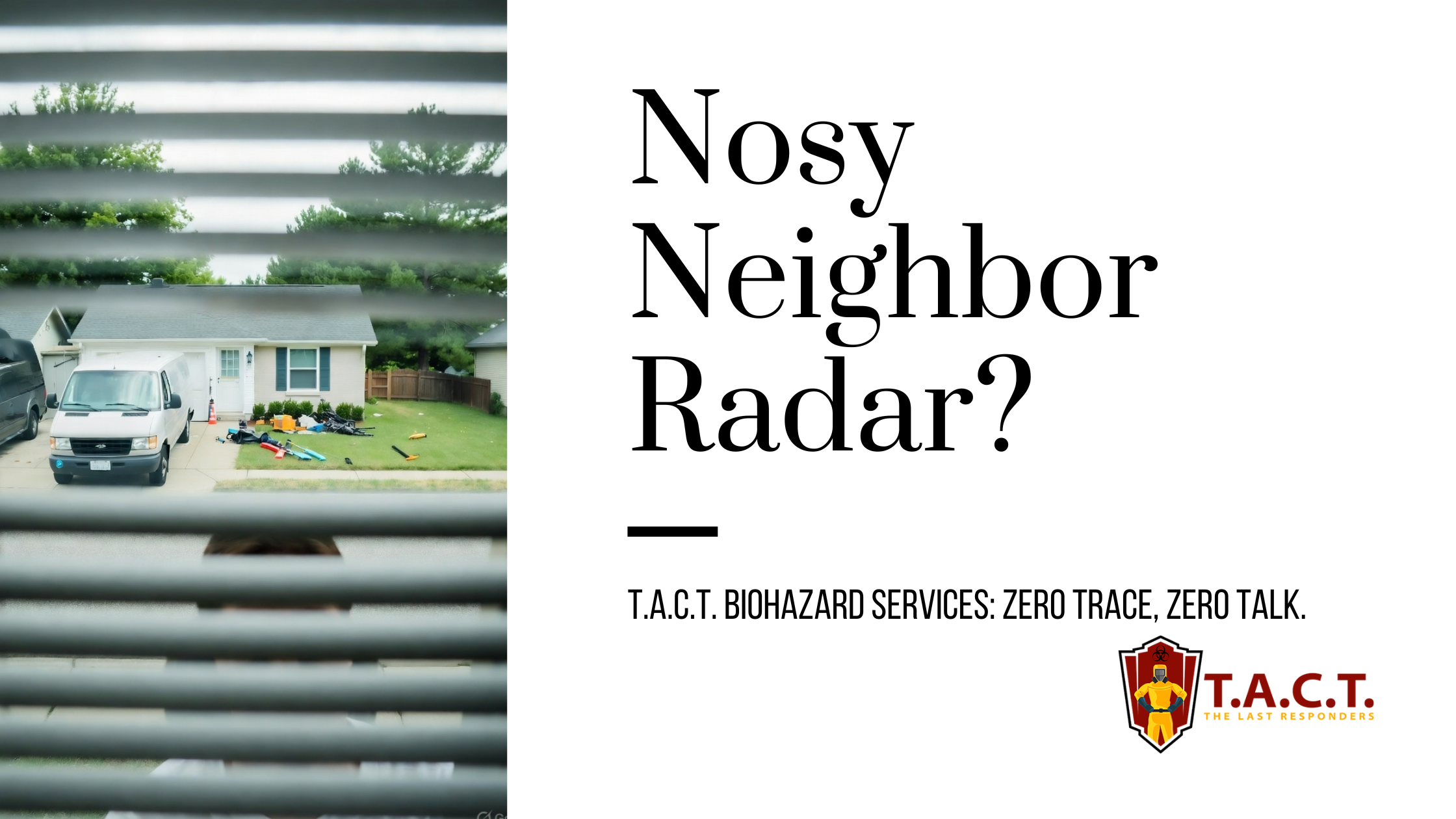
Nosy neighbors peeking? T.A.C.T. North Atlanta offers discreet biohazard remediation for rodent infestations, mold, hoarding, and more. Unmarked vehicles, quiet experts, full privacy—24/7 service at 470-781-4775.
Read More